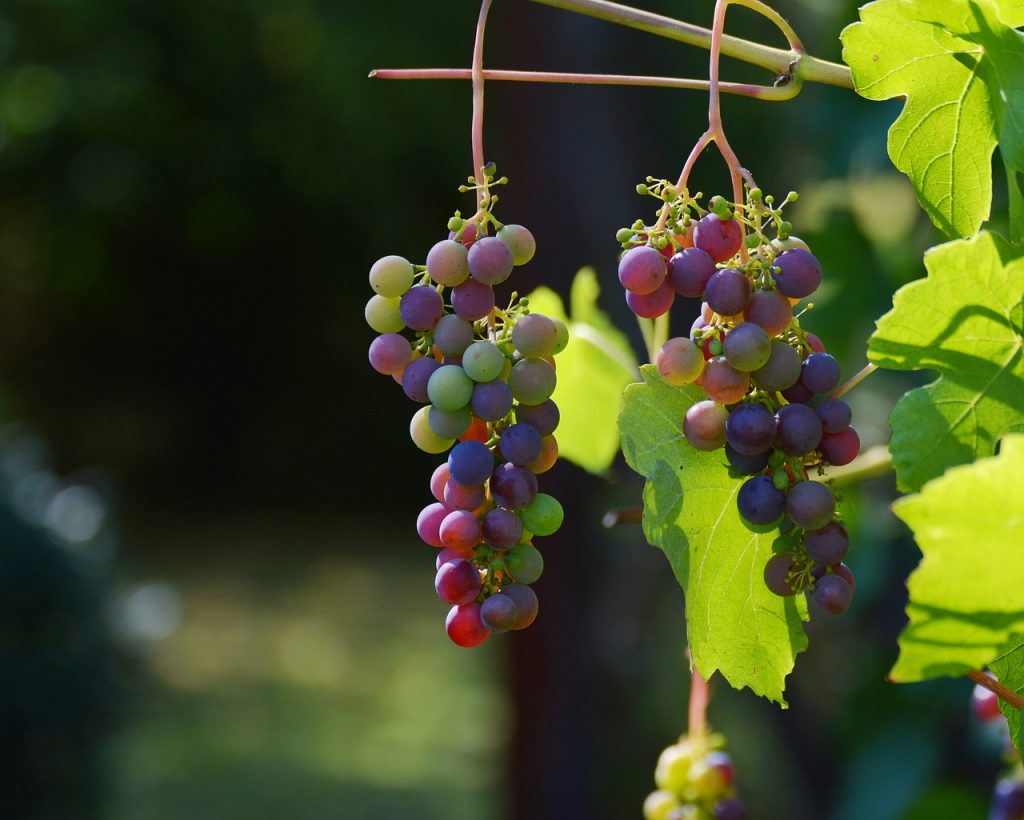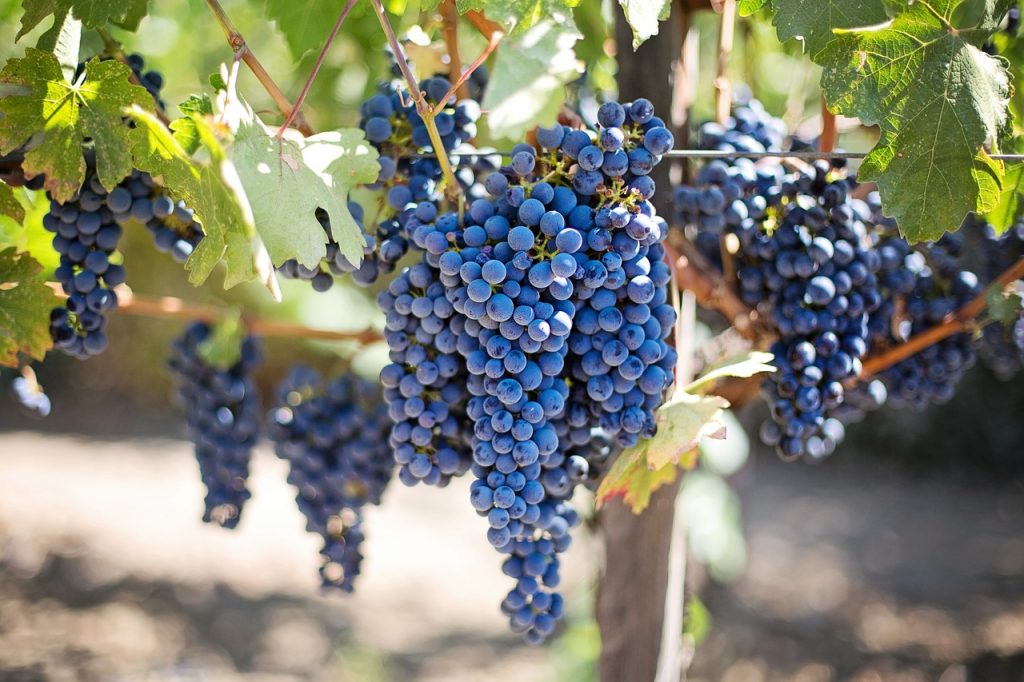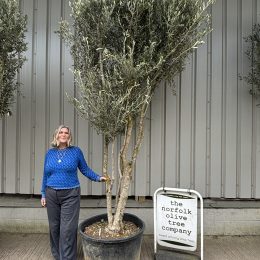Grapevines: a guide to successful growth
Grapevines (Vitis vinifera) have been cherished for centuries for their luscious fruit and their role in winemaking. If you’re considering planting grapevines in your garden, it’s essential to understand the fundamentals of grapevine care. In this blog post, we’ll explore the key aspects of grapevine cultivation that are crucial for their health and productivity.

Site Selection and Soil Preparation
Choosing the right location for your grapevines is paramount to their success. Grapevines thrive in well-drained soil and require full sunlight for at least six hours a day. However, make sure to select a site with good air circulation to prevent fungal diseases. And before planting, test your soil’s pH levels and amend accordingly, aiming for a pH range between 6.0 and 6.5. Adding organic matter like compost will improve soil fertility and water retention, promoting healthy grapevine growth.
Pruning and Training Grapevines
Proper pruning and training are essential to encourage vigorous growth and facilitate fruit production. Pruning should be done during the dormant season, typically in late winter or early spring. Start by removing dead or diseased wood, and then selectively prune to maintain a balanced structure. Then, depending on the grape variety, you can choose between various pruning systems, such as the spur or cane pruning method. Training your grapevines on trellises or arbors will help manage their growth and make harvesting easier.

Pest and Disease Management
Grapevines can fall victim to a variety of pests and diseases, so proactive management is crucial. So, regularly inspect your vines for signs of leaf discoloration, unusual growths, or pests like aphids and leafhoppers. Also consider pest management strategies that include maintaining good airflow and using disease-resistant grape varieties. But for chemical interventions, consult with local agricultural experts to ensure the safe and responsible use of pesticides.
Remember that patience is key, as grapevines often take a few years to reach their full potential. With dedication and the right knowledge, you’ll be well on your way to enjoying the sweet rewards of your grapevine plant.
Here’s a nice little recipe I use for making grape jelly.




